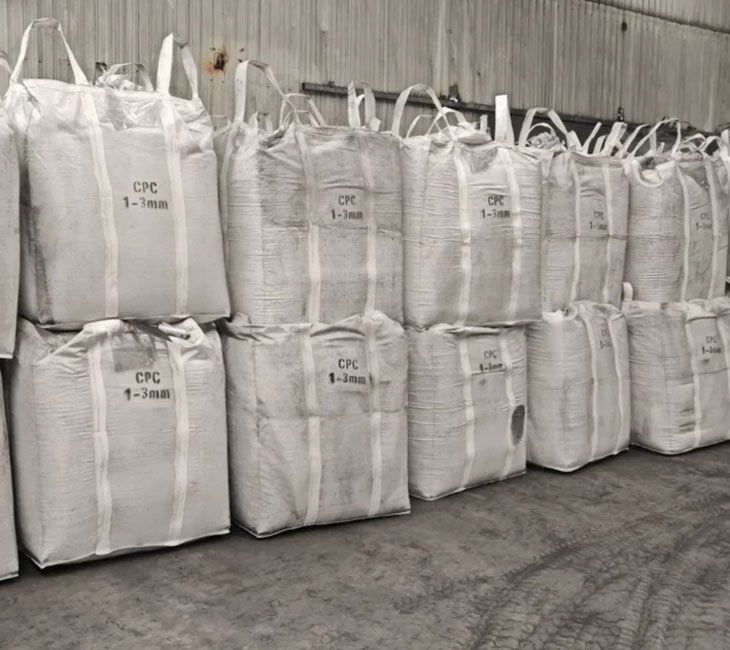
Graphite Petroleum Coke - or GPC - is a carbon material that is used in a number of industrial processes. Its high level of carbon, low content of sulfur, excellent thermal stability and conductivity make it a vital component in metallurgical processes. GPC is also a cost-effective and environmentally sustainable resource.
GPC is a byproduct of crude-oil refining. It undergoes several processing steps to increase its carbon content and improve its properties. This material has a wide range of industrial uses, including aluminum smelting and steelmaking. During the recarburization, GPC is used to increase the carbon content of steel and improve its mechanical characteristics. It is also essential in the production anodes used in aluminum smelting. GPC is a great choice for making graphite-based crucibles that hold molten metal in casting processes.
It can also be produced using residual hydrocarbons such as pitch and topped crude that remain after conventional petroleum distillation processes. These mixtures are typically contaminated with mineral contaminants. However, the conventional processes for producing petroleum coal do not yield enough material to convert into moderator-graphite for use in nuclear reactors. Moderator graphite for nuclear reactors must be free of impurities that have high neutron-capture cross sections. These impurities are boron cadmium and vanadium which are detrimental for the neutron economy in a nuclear reactor.
To produce moderator graphite, the petroleum coke must be subjected to a series of complex and expensive purification steps. It is heated under controlled circumstances to temperatures between 2500-3000 C. This temperature range will cause the coke's transformation into crystalline graphite, which is cooled down to ambient temperatures.
The graphite is refined to reduce impurities and the size of crystals. This process of refinement, known as graphitizing is carried out in a graphite oven at controlled temperature to ensure that carbon atoms form a crystalline shape. The resulting graphite has very high thermal conductivity, which is necessary for use in nuclear reactors.
After calcination, coke must be dried thoroughly in order to eliminate moisture and prevent any further reactions that could change its characteristics. This process occurs at a slightly lower temperature than that of calcination. Too high a heat can initiate unwanted reactions and affect the performance and quality of the resulting Graphite.
Graphitized Petroleum Coke is used for a wide range of applications from aluminum smelting, to steelmaking, to lithium-ion cell production. This valuable material, which is based on carbon, has many applications in a variety of industries. It can also improve the efficiency and the quality of industrial processes.
Silvari Group offers a broad selection of Graphite Petroleum Coke for industrial use, offering the highest purity levels available in this category. Our products have a higher than 98% carbon content and are screened carefully to meet the strictest performance and quality specifications. We can help you find the best product for your application, whether you need GPC to recarburize or produce anodes. Contact us today to learn about our full range of industrial carbon products.

Write a Message